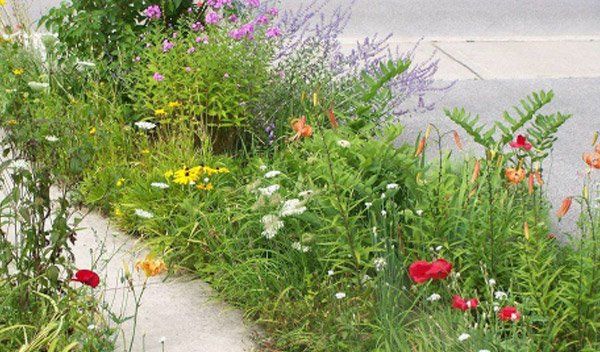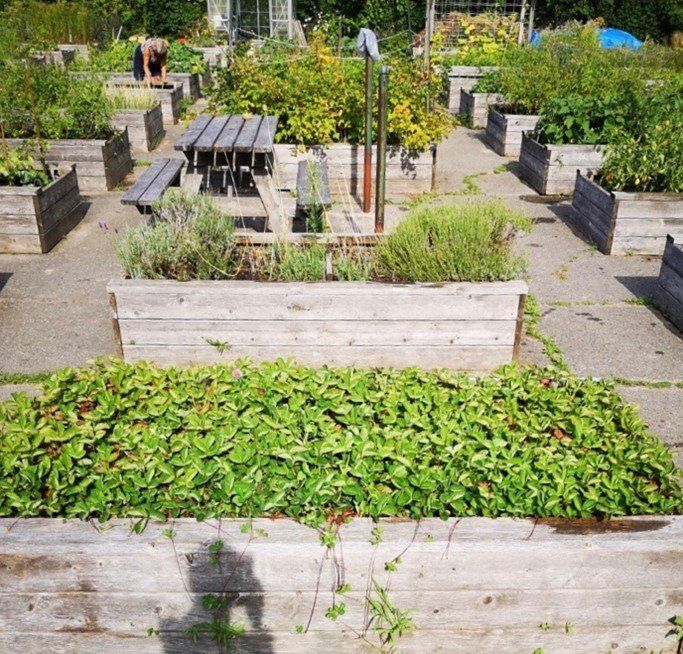Planting Dates — Question and Answer

Question:
My husband and I have recently retired and are now living full time in Grey County. I’m excited about having my first vegetable garden but I’m a little uncertain of how to begin. I remember visiting my grandparents’ farm south of Hamilton as a child, and helping my grandmother plant seeds and seedlings on the 24th of May weekend. So, do I plant everything on the 24th of May weekend?
Answer:
First, let’s deal with the 24th of May myth. If you look at seed packages and instructions for planting seedlings, many of them will say “... sow/plant when all danger of frost is past ...” and in many areas of southern Ontario, including your grandparents’ farm, frosts are unlikely after the 24th of May weekend, so that became the popular time for planting. However, that isn’t the case in Grey County. I usually count on the first of June as a safer bet.
But you don’t have to wait until then to get started. There are a number of vegetables that tolerate frost, and even prefer cooler temperatures.
Early Birds - April: Peas and spinach can be planted as soon as you can prepare the ground for them. They don’t mind frost or even a bit of snow, but neither like hot weather. Onion sets (small bulbs grown from seed the previous year) can also be planted at the same time.
Leaf lettuces and kale tolerate a bit of frost, and you can plant them in late April/early May. Keep a fresh supply of lettuce by planting seeds every few weeks.
Stuck in the Middle - May: You can plant out cauliflower seedlings in early May, followed the next week by broccoli seedlings. Like peas these two vegetables sulk in the heat, so starting them indoors or purchasing seedlings gives them a head start. Mid-May is the time to sow seeds for root vegetables such as beets, carrots, parsnips, and for planting potatoes. Corn seeds can be planted in late May.
Heat Lovers – June: These vegetables do not tolerate frost at all. Most of them should be started early and planted out as seedlings. Tomatoes, peppers, eggplant, cucumbers, melons and squash are included in this category. Bean seeds should be sowed directly into the garden once the soil has warmed, as they can rot in cold, wet soil.
Hope this helps you get started.
Good Luck and Good Eating!
Latest Blog Posts




